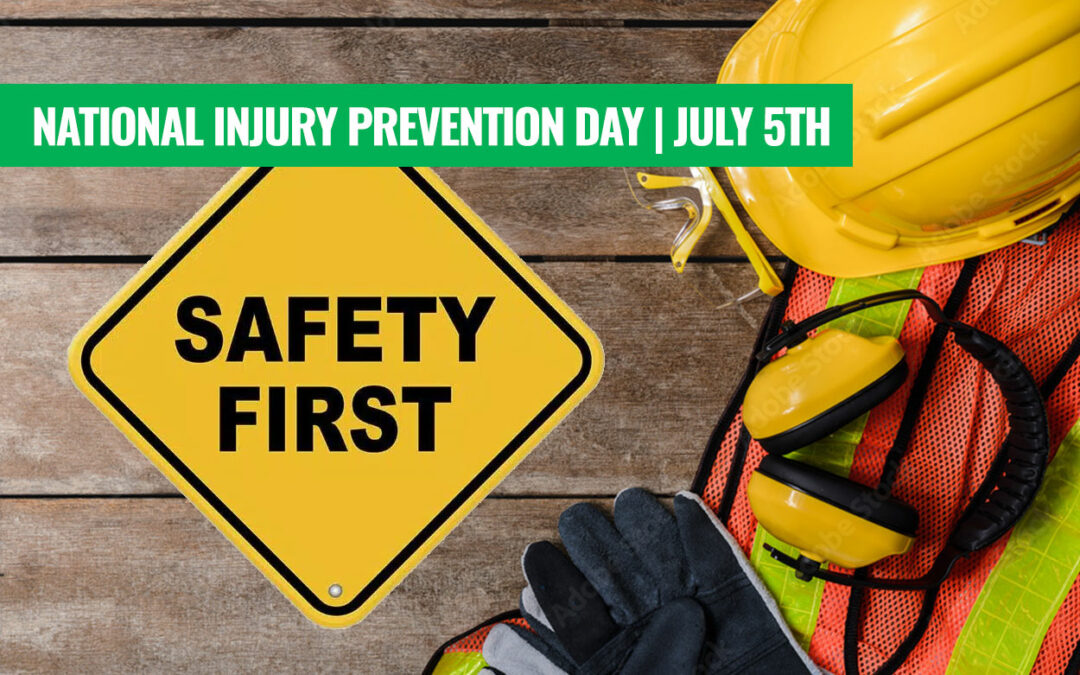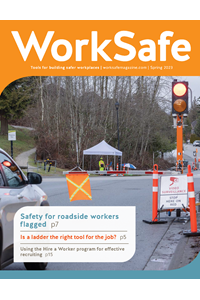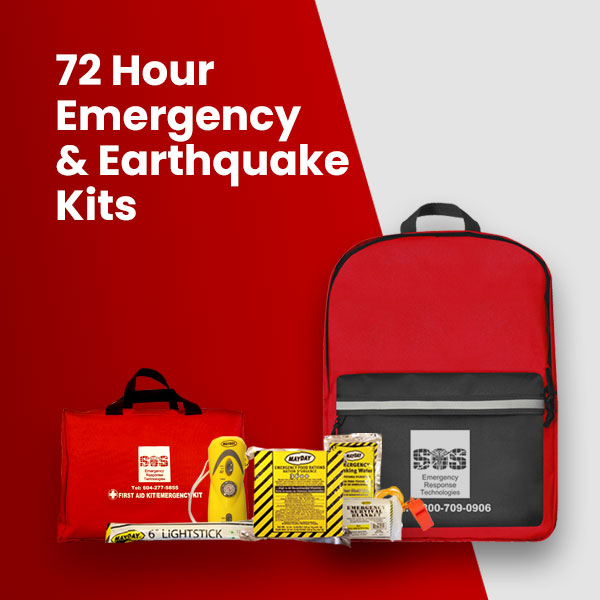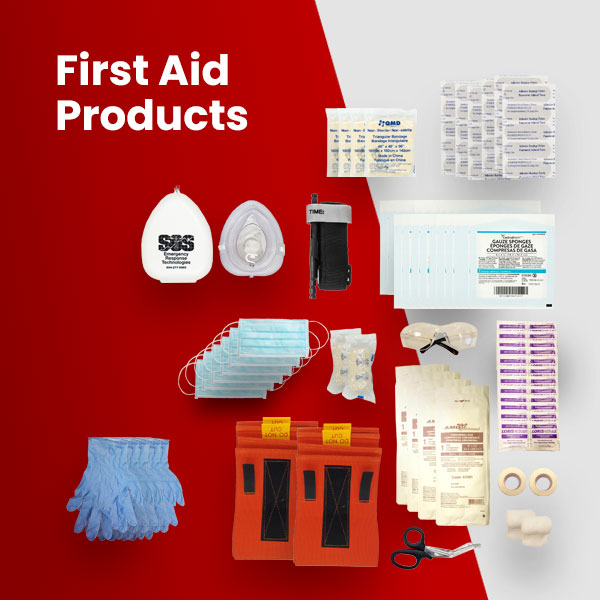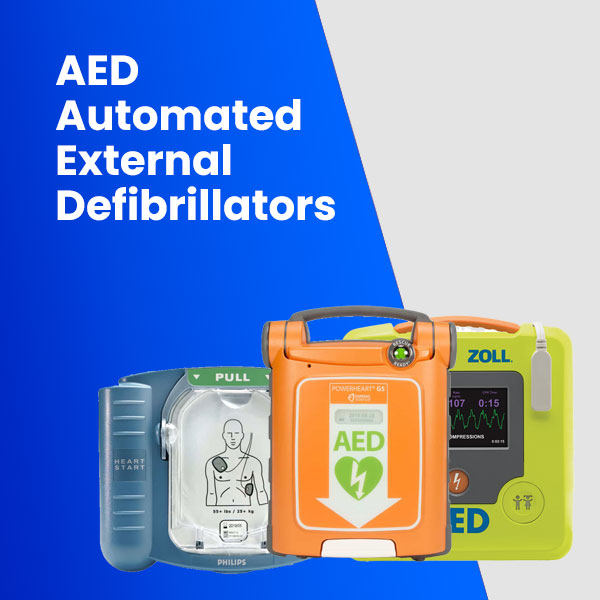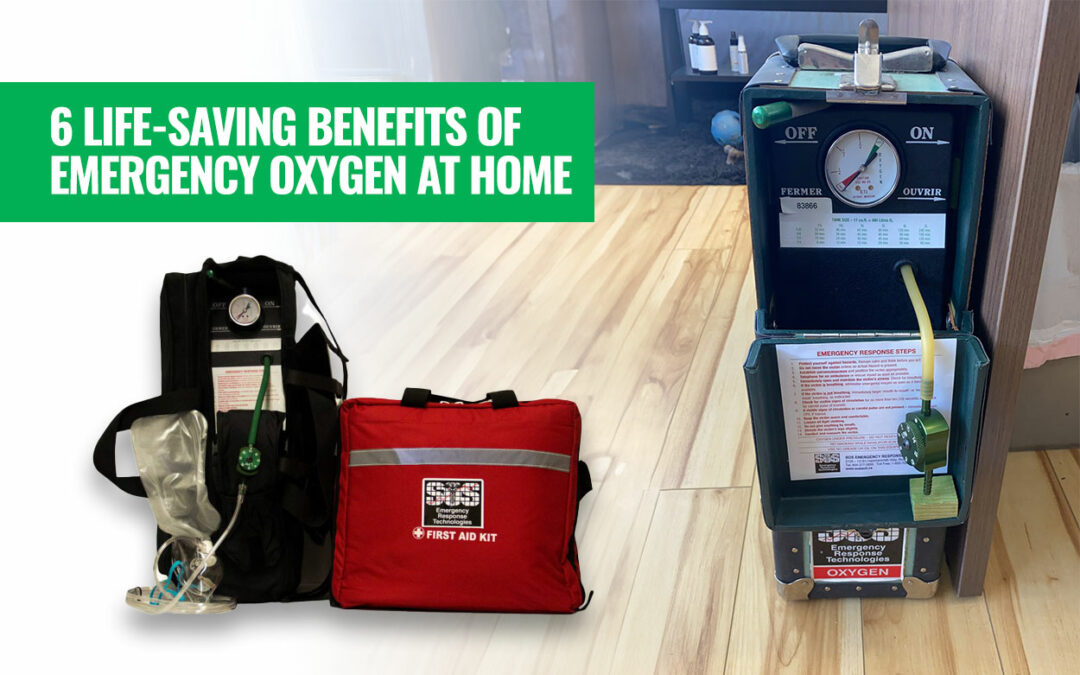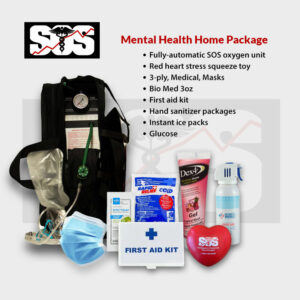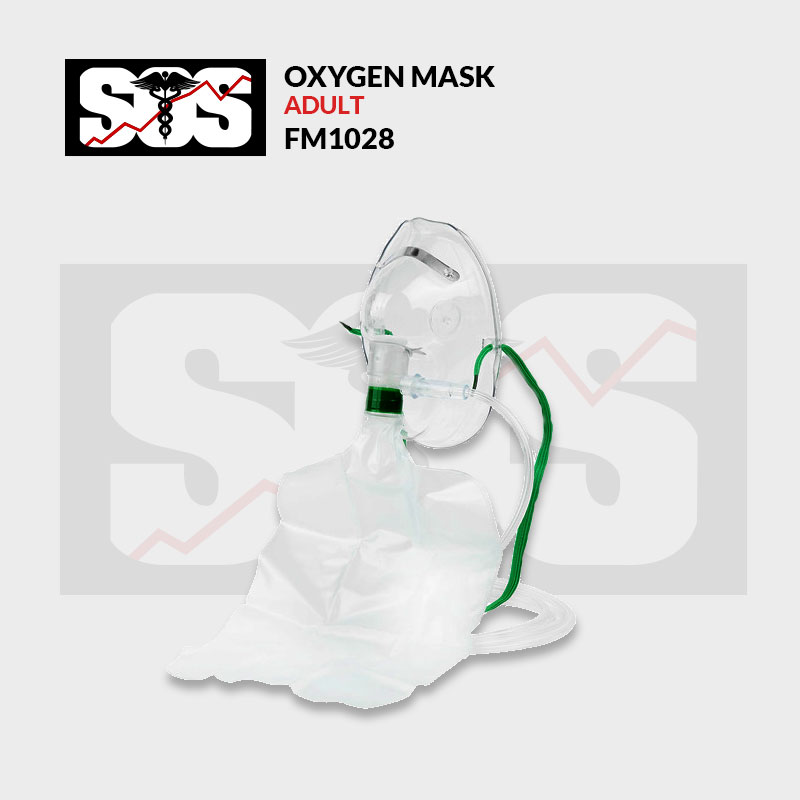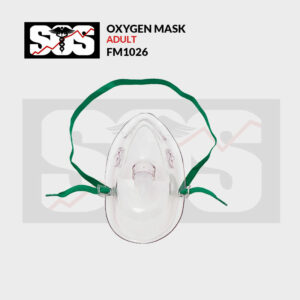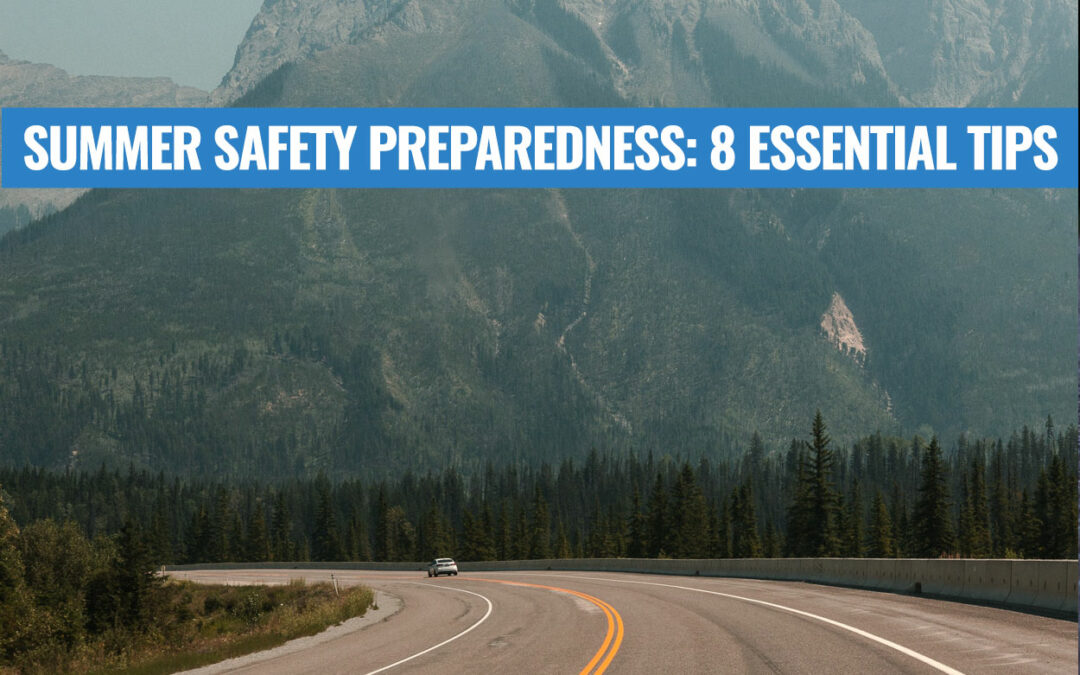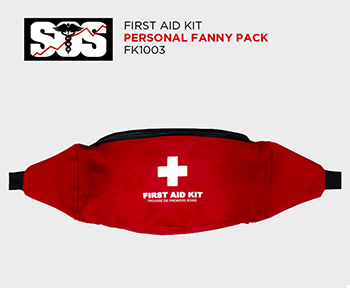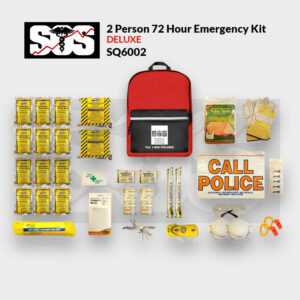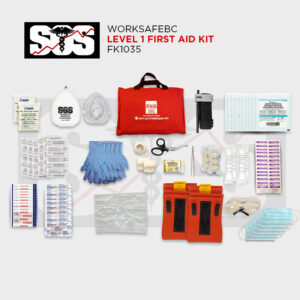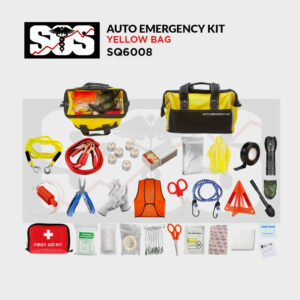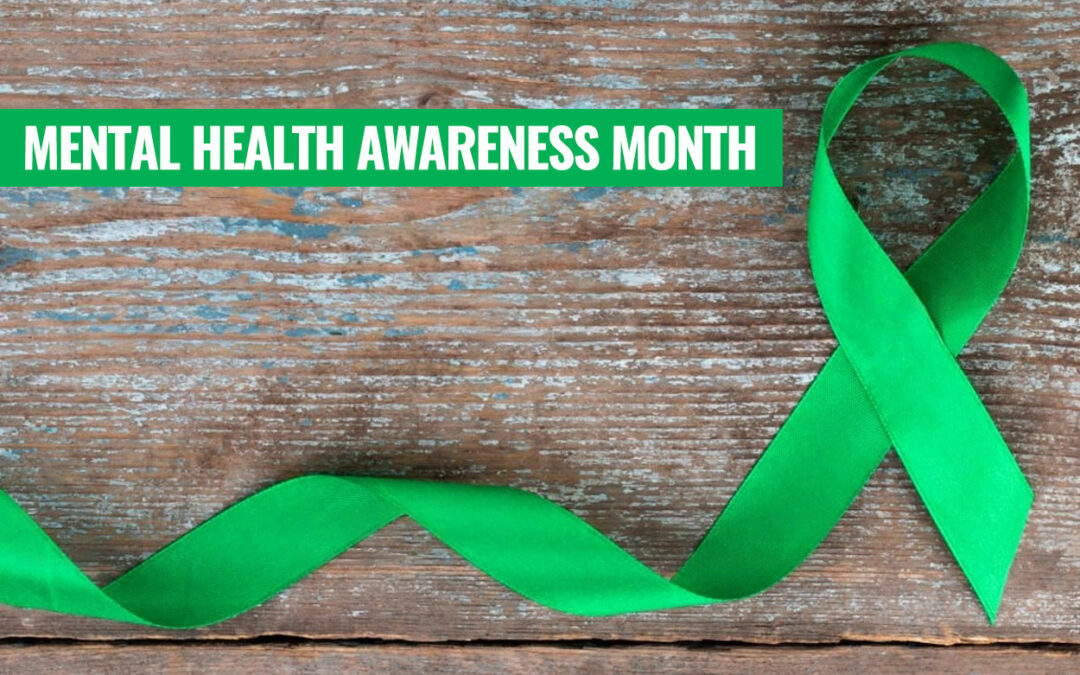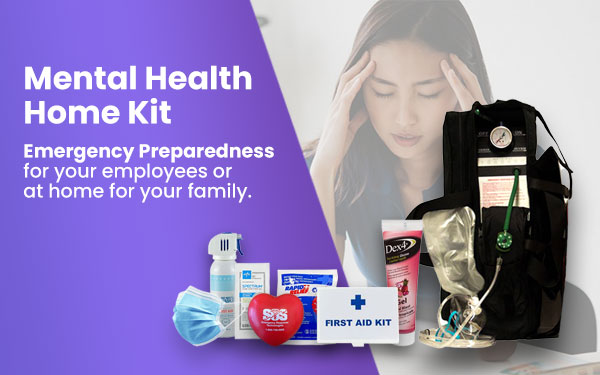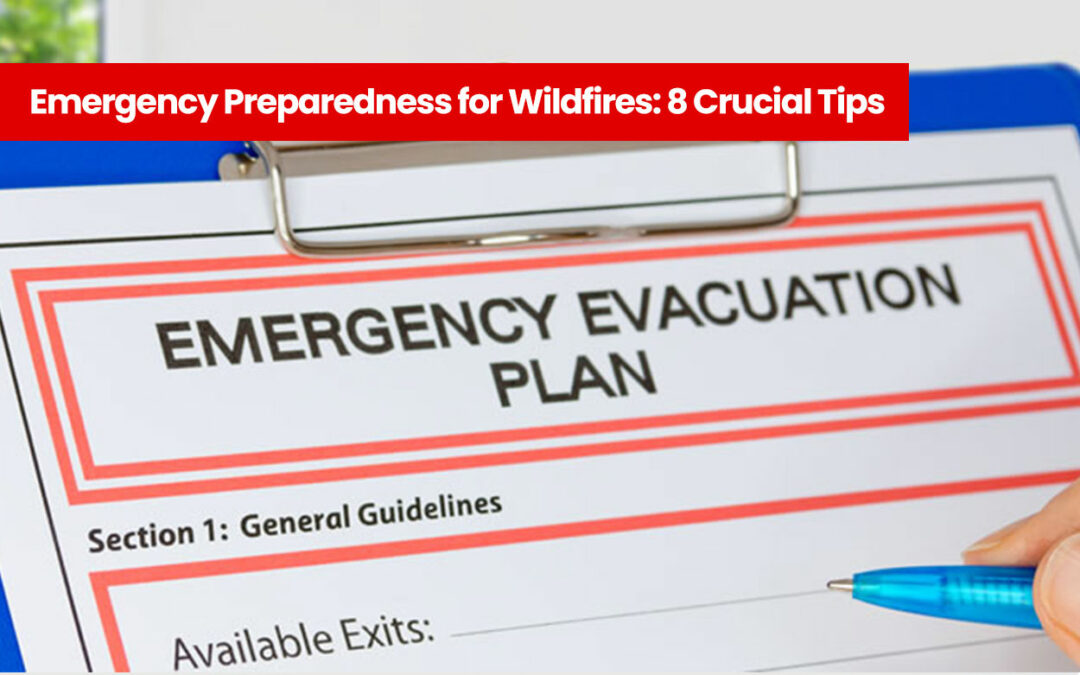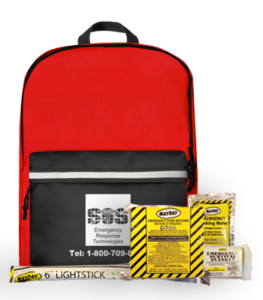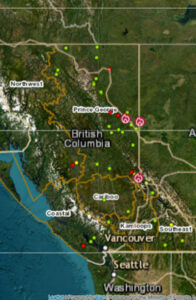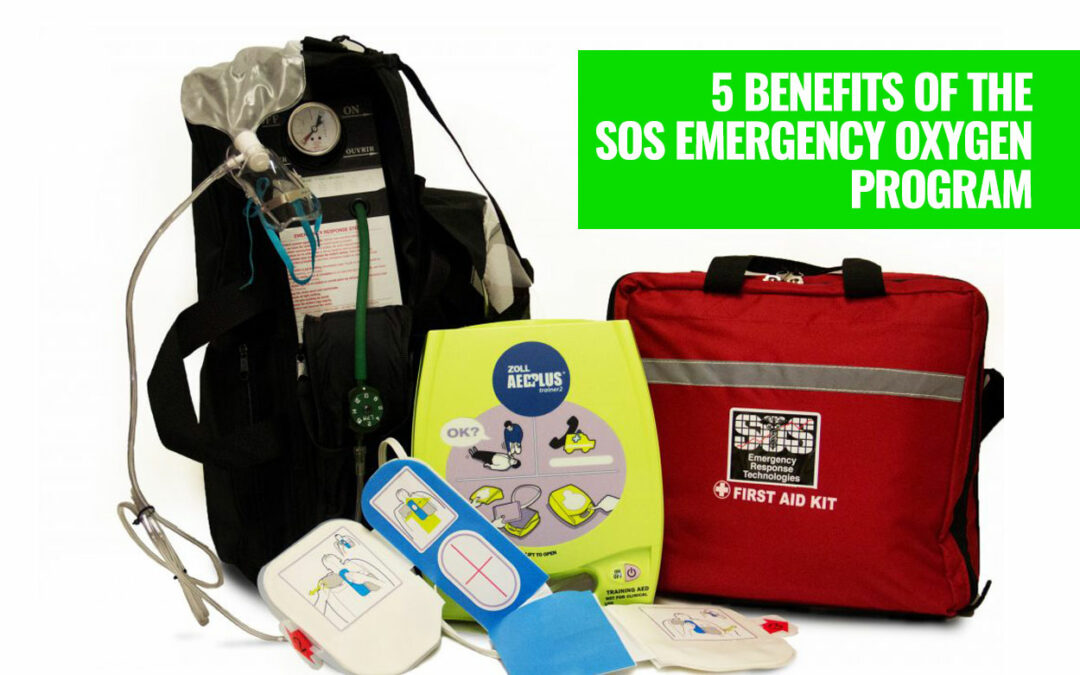
5 Benefits of the SOS Emergency Oxygen Program
5 Benefits of the SOS Emergency Oxygen & OHS Program
In any workplace, ensuring the availability of emergency oxygen equipment is crucial for the safety and well-being of employees. However, owning and maintaining such equipment can be a daunting and costly task, often burdening companies with responsibilities and liabilities. Fortunately, the SOS Emergency Oxygen Program offers a comprehensive solution that not only meets WorkSafe requirements but also relieves companies of the hassle and financial burden associated with owning and managing emergency oxygen units. By onboarding to this program, businesses can ensure the implementation of a fully supported system that provides equipment, servicing, training, and peace of mind.
Contact us today and enroll in the SOS Emergency Oxygen & OHS Program: info@sostech.ca
1. Meeting WorkSafe Requirements
Compliance with WorkSafe requirements is paramount for all businesses. The SOS Emergency Oxygen & OHS Program is designed specifically to meet these regulations, ensuring that companies have the necessary emergency oxygen equipment in place. By entrusting SOS with the implementation of the program, businesses can offload the liability and responsibility to experienced professionals who specialize in managing emergency medical equipment.
2. Equipment Servicing and Repairs
One of the significant advantages of onboarding to the SOS Emergency Oxygen & OHS Program is that all servicing, calibration, and repairs on the fully-automatic emergency oxygen unit are handled by trained SOS technicians at no additional cost. These technicians have the expertise to maintain and repair the equipment effectively, ensuring that it functions optimally when needed. The program also includes hydrostatic testing, as required by law, to guarantee the safety and reliability of the oxygen unit.
3. Automatic Annual Inspections
Regular inspections of emergency oxygen equipment are crucial to identify any potential issues and ensure that it remains in proper working condition. With the SOS Emergency Oxygen & OHS Program, annual inspections are conducted automatically, saving businesses the hassle of scheduling and arranging inspections. This proactive approach not only guarantees compliance with regulatory standards but also provides peace of mind, knowing that the equipment is consistently monitored and maintained.
4. On-site Education and Training
Proper education and training on the usage of emergency oxygen equipment are essential for employees in any workplace. The SOS Emergency Oxygen & OHS Program offers comprehensive education and training opportunities as part of the package. These sessions are conducted on-site or via Zoom, eliminating the need for additional expenses or arranging off-site training for employees. By equipping employees with the necessary knowledge and skills, businesses can ensure a prompt and effective response during emergencies, potentially saving lives.
5. Advantages over Equipment Ownership
Purchasing and owning emergency oxygen equipment may seem like a viable option, but it comes with a host of responsibilities and costs. When a company owns the equipment, the full burden of responsibility and liability falls on them, including potential malfunctions and associated legal issues. Additionally, the upfront cost of equipment purchase can be significant, and returning it to the supplier for service, calibration, and repairs can result in paperwork, expenses, and downtime without proper equipment. Tracking hydrostatic testing and providing additional education and training also add to the overall expenses.
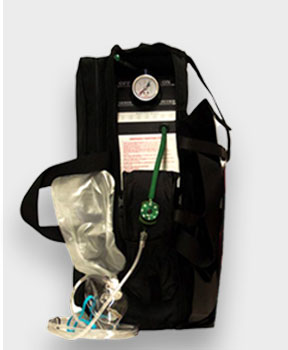 When evaluating the total cost and effort associated with emergency oxygen equipment ownership, it becomes clear that subscribing to the complete SOS Emergency Oxygen & OHS Program is a prudent choice. By entrusting SOS with the responsibility of equipment implementation, servicing, and training, companies can ensure compliance with WorkSafe requirements while alleviating the financial burden and administrative tasks. With automatic annual inspections, on-site education, and trained technicians readily available, businesses can rest assured that their employees will always have access to properly functioning emergency oxygen equipment. Invest in the SOS program for a comprehensive and hassle-free solution that prioritizes safety and peace of mind.
When evaluating the total cost and effort associated with emergency oxygen equipment ownership, it becomes clear that subscribing to the complete SOS Emergency Oxygen & OHS Program is a prudent choice. By entrusting SOS with the responsibility of equipment implementation, servicing, and training, companies can ensure compliance with WorkSafe requirements while alleviating the financial burden and administrative tasks. With automatic annual inspections, on-site education, and trained technicians readily available, businesses can rest assured that their employees will always have access to properly functioning emergency oxygen equipment. Invest in the SOS program for a comprehensive and hassle-free solution that prioritizes safety and peace of mind.
The fully-automatic SOS Emergency Response Oxygen Unit is the most reliable, simple and advanced emergency oxygen unit available on the market.
Learn more about the benefits of using Emergency Oxygen:
6 Life-Saving Benefits of Emergency Oxygen at Home
healthlinkbc.ca
Why Our Oxygen Unit?
- Most advanced portable oxygen unit on the market.
- Safe and simple to use
- Easy ‘On – Off’ operation.
- No gauges to adjust.
- Self-regulated to avoid diaphragm damage.
- Provides over 60 minutes of USP oxygen.
- Adjustable flow unit available.
- ‘Two-stage’ regulator for ultimate reliability.
- Portable impact resistant case (also available in softpak).
The Benefits
- Easy to operate, single on-off lever reduces responder anxiety.
- Easy to carry.
- Pre-set oxygen flow allows for safe operation by any non-medical responder.
- Two stage regulator delivers oxygen for 60 – 88 minutes.
- Dual purpose face mask provides for both inhalation and resuscitation.
- All of our customers receive a unique complete service and maintenance program and are NEVER without an oxygen unit
Maintenance Program
- 24-hour response time on Oxygen Refills.
- Automatic yearly inspections.
- Maintenance performed by qualified SOS Technicians.
- Parts replaced or repaired at no extra cost.
- Servicing is done on your premises – you are never without equipment.
- Hydrostatic testing at no extra cost.
Contact us today and enroll in our SOS Emergency Oxygen Program: info@sostech.ca

